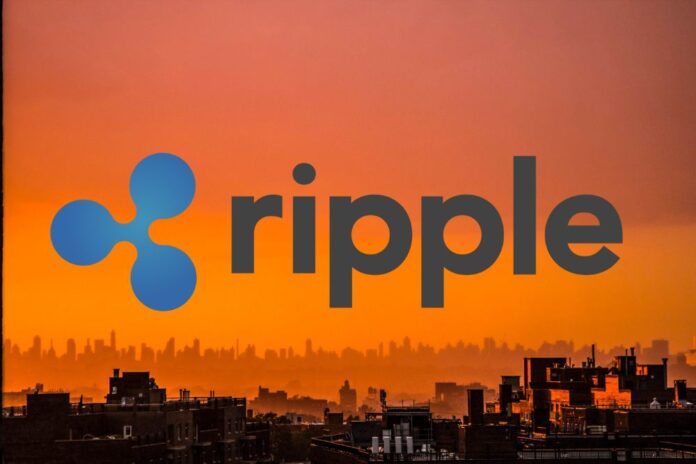A tweet from crypto influencer Amelie has reignited discussions surrounding Ripple’s involvement in a significant U.S. Treasury report from 2018.
The tweet references a report titled “A Financial System That Creates Economic Opportunities: Nonbank Financials, Fintech, and Innovation,” presented to then-President Donald J. Trump under Executive Order 13772.
The report, overseen by the U.S. Department of the Treasury, aimed to outline core principles for regulating the United States financial system. It particularly focuses on the role of nonbank financial institutions and emerging fintech companies.
Amelie’s tweet points out Ripple’s participation in the “Executive Order Engagement Process,” a section within the report listing various financial and technological entities involved in shaping the framework.
Accompanying the tweet are images of the report’s cover page and an appendix listing Ripple alongside other notable institutions such as PayPal, Stripe, and Square. The significance of Ripple’s inclusion is amplified by Amelie’s enthusiasm, as indicated by her exclamation, “TRUMP #XRP.”
The Context of the 2018 Treasury Report
The 2018 report was a pivotal document, part of the broader efforts by the Trump administration to foster innovation within the U.S. financial system.
The report addressed the evolving landscape of nonbank financials, a category that includes various fintech companies, including payment processors, lending platforms, and blockchain enterprises like Ripple.
By including diverse participants in the engagement process, the Treasury aimed to gather a comprehensive understanding of the challenges and opportunities facing the sector.
The Significance of Ripple’s Participation
The mention of Ripple in the 2018 report underscores the company’s role as a key fintech player, especially regarding blockchain and digital assets.
Ripple’s technology has been positioned as a solution to the inefficiencies plaguing traditional payment systems, particularly in cross-border transactions. The company’s engagement with the U.S. Treasury in shaping regulatory frameworks highlights its strategic importance in the evolving financial ecosystem.
Moreover, the tweet’s reference to Trump and XRP touches on the broader implications of Ripple’s involvement in regulatory discussions. While the 2018 report is a historical document, its relevance continues to resonate within the crypto community, especially as discussions around regulatory clarity for digital assets remain ongoing.
Amelie’s excitement over Ripple’s inclusion reflects the anticipation and optimism within the XRP community regarding the potential for Ripple’s technology to be further integrated into the U.S. financial system.
We are on twitter, follow us to connect with us :- @TimesTabloid1
— TimesTabloid (@TimesTabloid1) July 15, 2023
Looking Forward: The Desire for Updated Reports
The mention by a commenter, Vlad, that the report is from 2018 and the hope for a similar report in 2024 reflects a broader sentiment within the crypto community.
The rapid pace of technological advancements in the fintech space, coupled with the evolving regulatory landscape, underscores the need for updated insights and guidance from policymakers.
An updated report could provide much-needed clarity on how new technologies, including blockchain and digital assets, are being integrated into the financial system.
The resurfacing of the 2018 U.S. Treasury report and the focus on Ripple’s participation underscores the enduring relevance of Ripple in the fintech and blockchain sectors. While the document is a few years old, its implications continue to spark discussions within the crypto community.
Disclaimer: This content is meant to inform and should not be considered financial advice. The views expressed in this article may include the author’s personal opinions and do not represent Times Tabloid’s opinion. Readers are urged to do in-depth research before making any investment decisions. Any action taken by the reader is strictly at their own risk. Times Tabloid is not responsible for any financial losses.
Follow us on Twitter, Facebook, Telegram, and Google News


